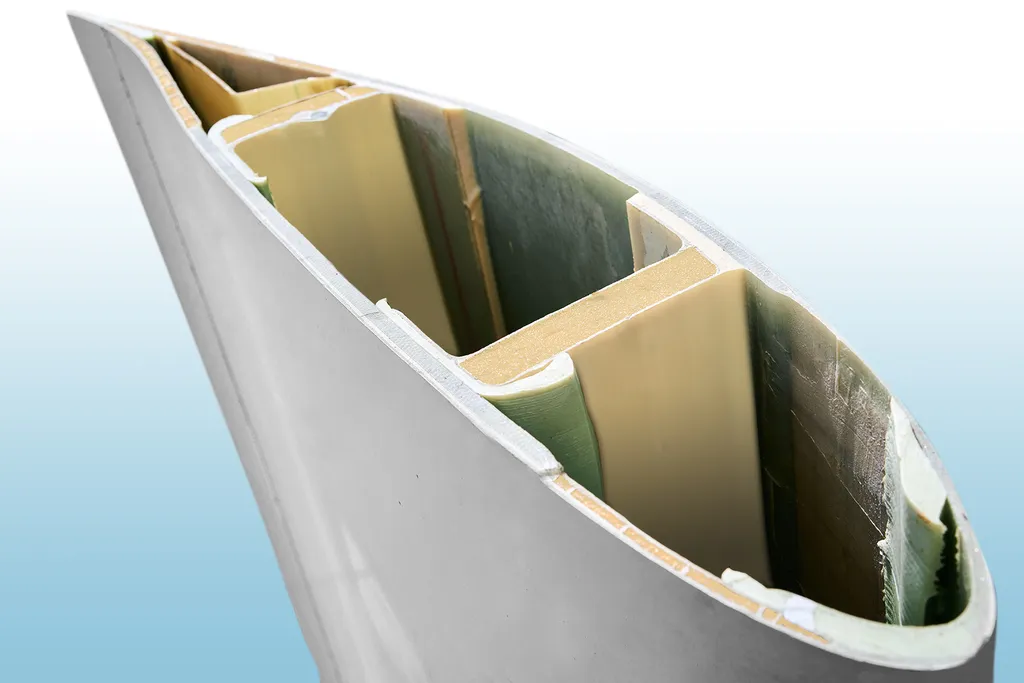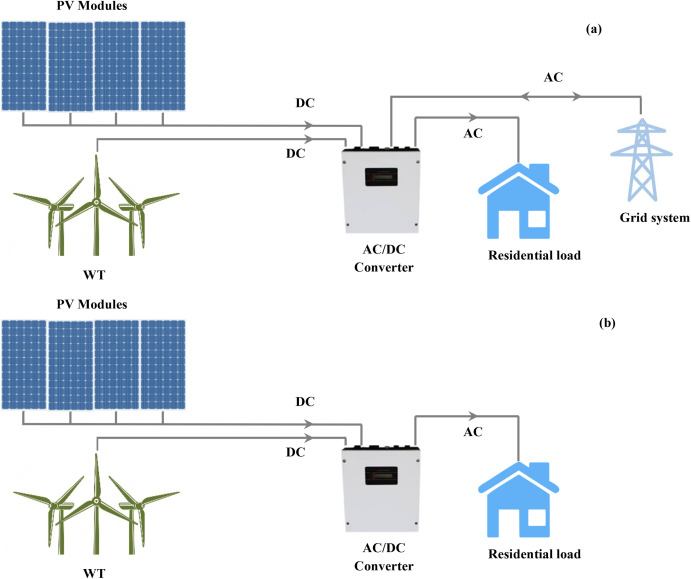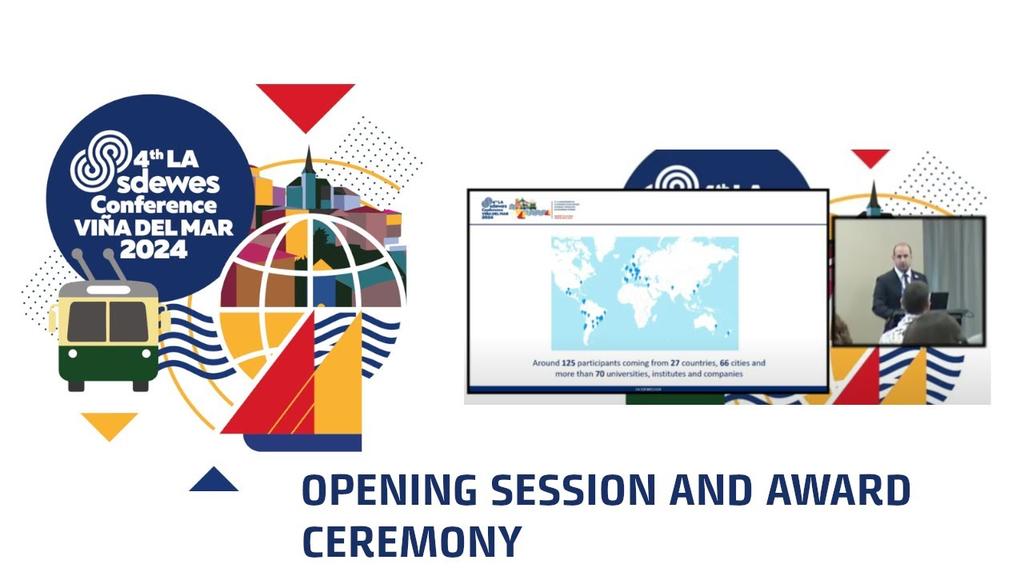In the ever-evolving world of aviation and aerospace, the integrity of materials under stress is paramount. A groundbreaking study, led by Fatima Zohra Daouache from the Mechanical Engineering Department at Relizane University, has shed new light on how hybrid composite materials behave under low-velocity impacts. This research, published in Discover Materials, is a game-changer for industries that rely on lightweight, high-strength materials, particularly the energy sector, where durability and efficiency are non-negotiable.
Imagine a scenario where a drone, used for inspecting wind turbines, collides with the blade at low speed. The impact, though seemingly minor, can cause significant damage to the composite materials used in the turbine blades. This is where Daouache’s work comes in. Her research focuses on hybrid laminates—composite materials made from a combination of carbon, epoxy, and aluminum (AL2024-T3)—designed to enhance both stiffness and elasticity.
“We’ve found that the impact energy and the thickness of the composite layer play a massive role in how much energy the material absorbs and how it distributes the impact force,” Daouache explains. This insight is crucial for industries that use composite materials in high-stress environments, such as wind turbines and solar panels. By understanding these factors, engineers can design more resilient and energy-efficient structures.
The study delves into the intricacies of impact damage, using the HASHIN criterion to analyze various factors, including impact velocity, sequence, and energy levels. The research reveals that the energy absorbed by the composite and the impact exerted on the affected area are significantly influenced by these parameters. This detailed analysis provides a roadmap for developing materials that can withstand low-velocity impacts more effectively.
The implications for the energy sector are vast. Wind turbines, for instance, are often subjected to low-velocity impacts from debris, birds, or even maintenance equipment. By incorporating the findings from this research, manufacturers can create more durable and efficient turbine blades, reducing maintenance costs and increasing the lifespan of the turbines. Similarly, in the solar energy sector, the robustness of solar panels against low-velocity impacts can be enhanced, ensuring consistent energy production and reducing downtime.
Daouache’s work, published in Discover Materials, opens new avenues for material science. “Our findings pave the way for designing more resilient and efficient composite materials,” she says. “This is not just about improving the material; it’s about enhancing the overall performance and reliability of structures in various industries.”
As we continue to push the boundaries of material science, studies like this one will be instrumental in shaping the future of the energy sector. By understanding and mitigating the effects of low-velocity impacts, we can create more durable, efficient, and cost-effective solutions for a sustainable future.




